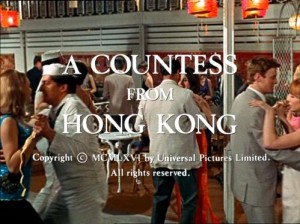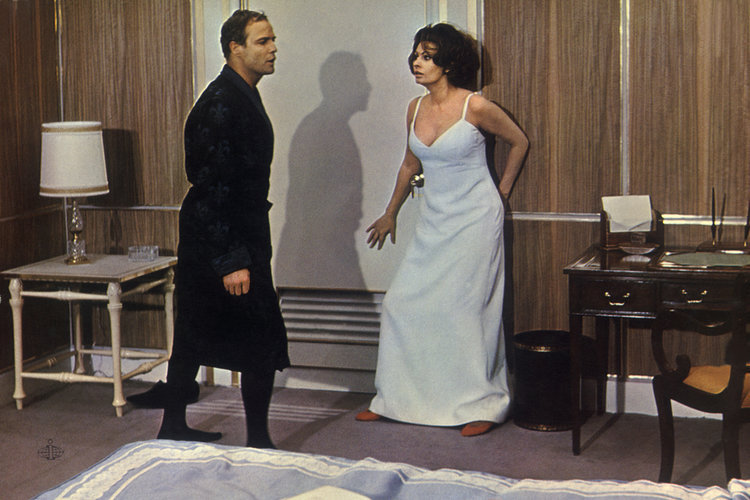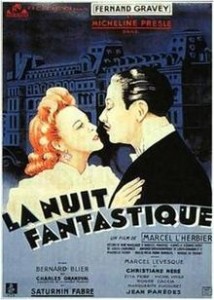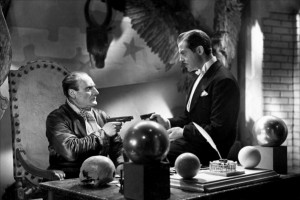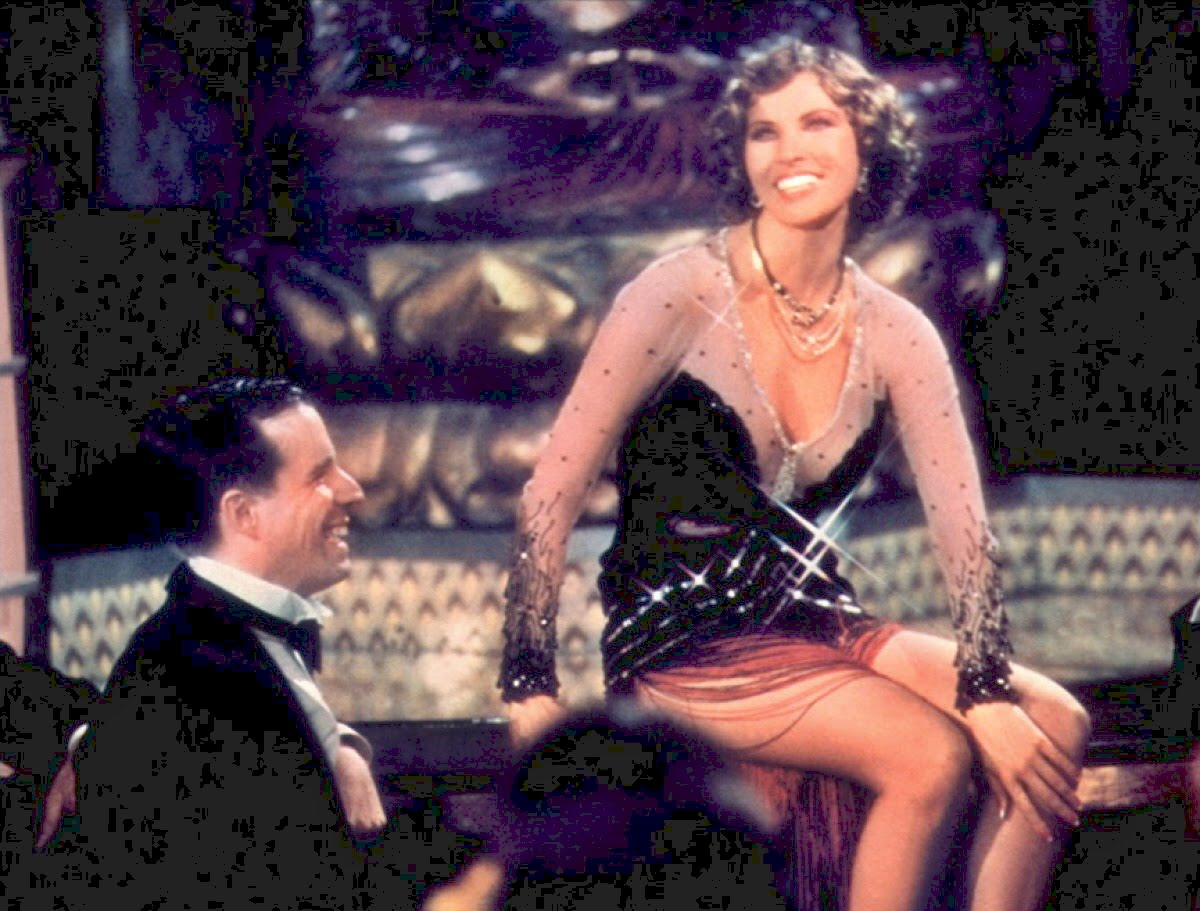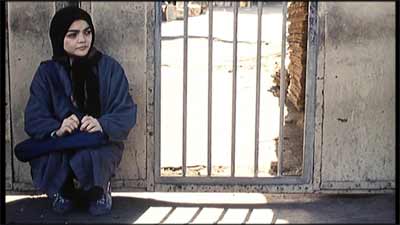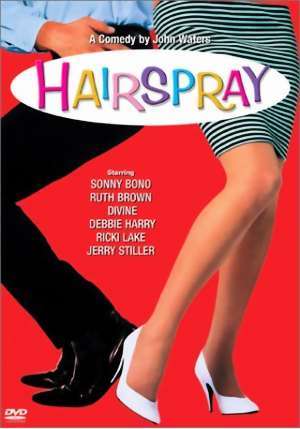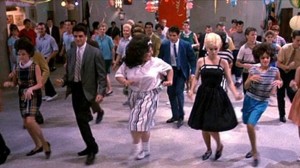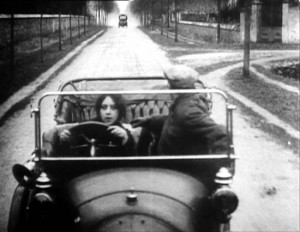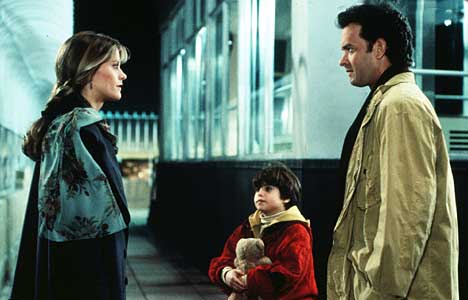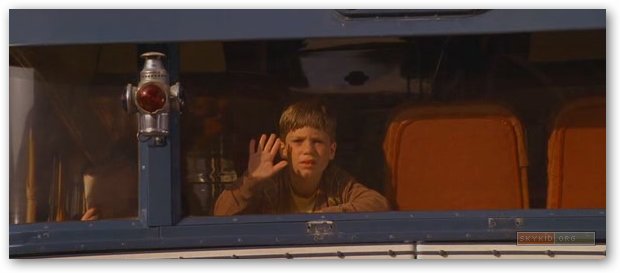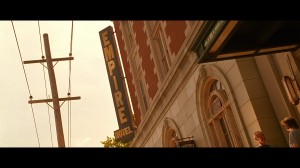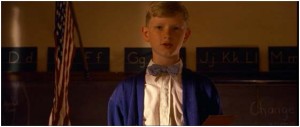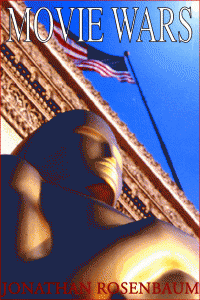A fairly complete and reasonably up to date checklist. All of the printed essays listed here are (or will be) available on this site. – J. R.
ALI: FEAR EATS THE SOUL (Madman DVD, Australia: original essay)
BIGGER THAN LIFE (BFI DVD, U.K.; video conversation with Jim Jarmusch)
THE BITTER TEARS OF PETRA VON KANT (Madman DVD, Australia: original essay)
BLACK TEST CAR & THE BLACK REPORT (Arrow Blu-Ray: scripted and narrated audiovisual essay)
A BREAD FACTORY (Grasshopper Film DVD & Blu-Ray, U.S.; video conversation with writer-director Patrick Wang)
BREATHLESS (Criterion DVD & Blu-Ray, U.S.; scripted video essay)
CASA DE LAVA (Second Run Features DVD, U.K.: original essay; reprinted in Grasshopper Film DVD in the U.S.)
CELINE AND JULIE GO BOATING (BFI Blu-Ray, U.K: reprint of “Work and Play in the House of Fiction”)
LA CÉRÉMONIE (Home Vision Entertainment DVD, U.S.: reprinted essay)
CHANTAL AKERMAN: FOUR FILMS [FROM THE EAST, SOUTH, FROM THE OTHER SIDE, DOWN THERE] (Icarus Films DVD boxed set, U.S.: original essay)
CITIZEN KANE (Criterion digital release; audio commentary with James Naremore)
CLOSE-UP (Criterion DVD & Blu-Ray; audio commentary with Mehrnaz Saeed-Vafa)
THE COMPLETE JACQUES TATI (Criterion Blu-Ray boxed set, U.S.: original essay)
THE COMPLETE MR. ARKADIN (Criterion DVD boxed set, U.S.: Read more



